#isabella of castile
Explore tagged Tumblr posts
Text
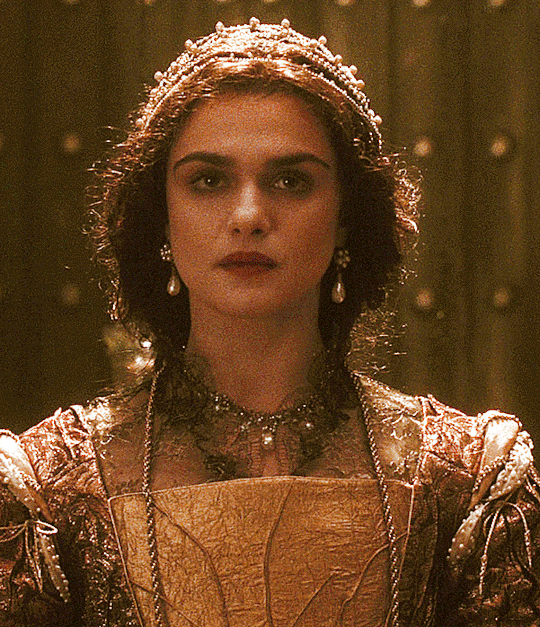
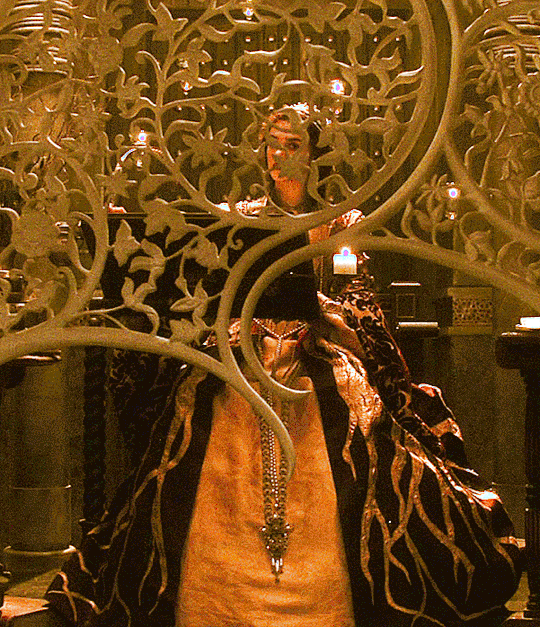
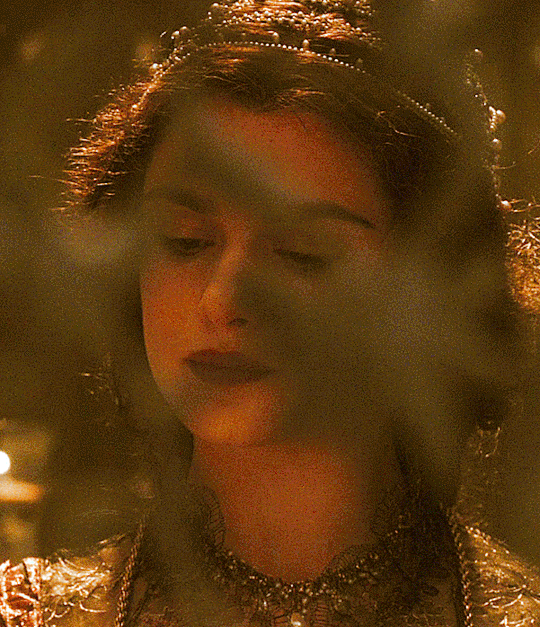
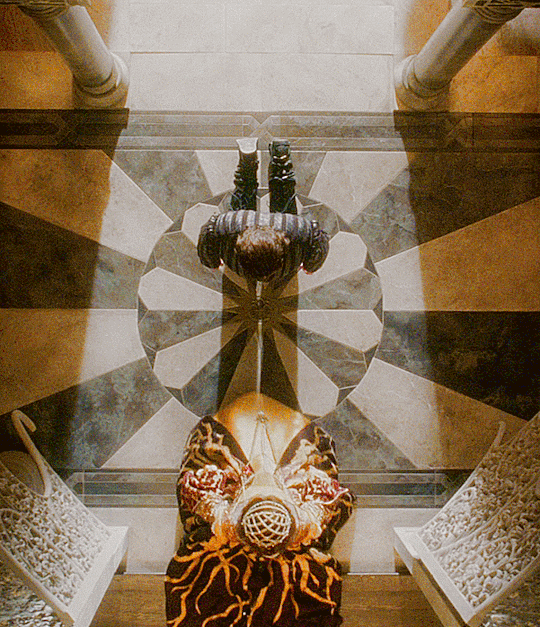
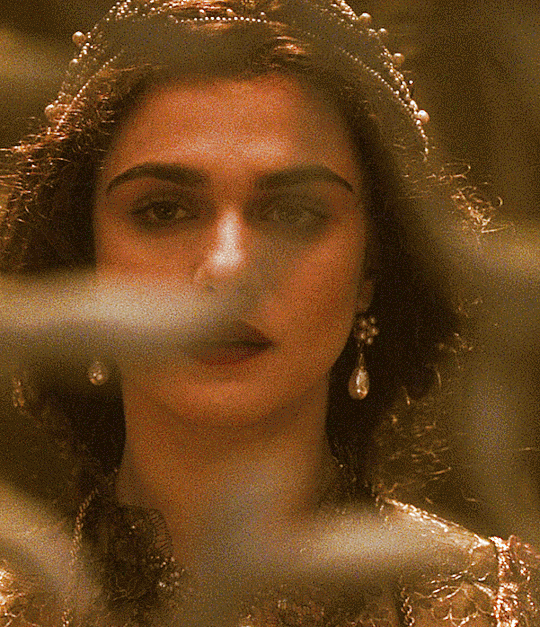
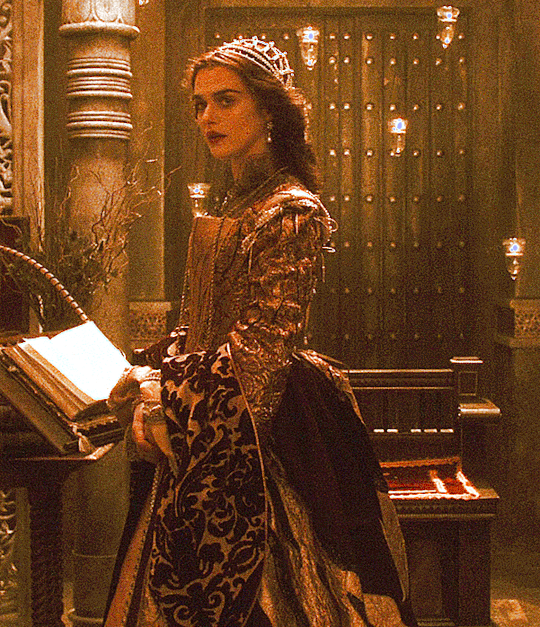

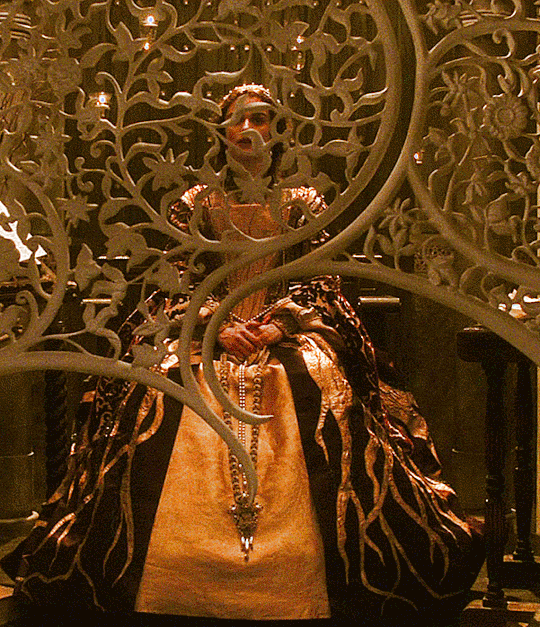

Queen Isabella of Castile's golden brown gown in The Fountain
#isobel castille#isabella of castile#isabella of spain#the fountain#rachel weisz#perioddramaedit#period drama#costume design#periodedit#beautiful#darren aronofsky
200 notes
·
View notes
Text

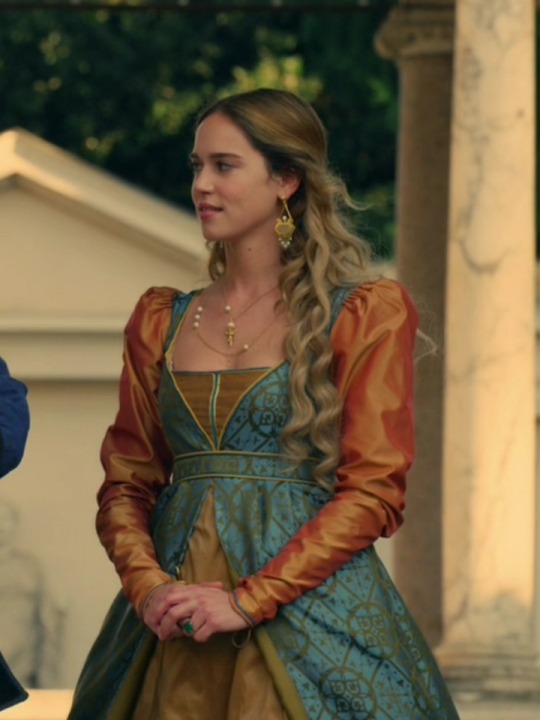
Period dramas dresses tournament: Orange dresses Round 1- Group C: Isabel de Castilla, El ministerio del tiempo (gifset) vs Simonetta Vespucci, Medici: the magnificent (gifset)
Propaganda for Isabel's dress:
Another pic 🧡🧡🧡
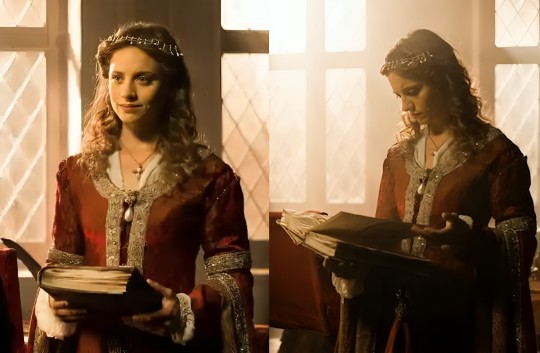
#period drama dresses tournament#tournament poll#tumblr tournament#polls#fashion poll#isabel de castilla#isabel la católica#isabella of castile#el ministerio del tiempo#simonetta vespucci#i medici#medici: the magnificent#medici the magnificent#orange r1#the ministry of time
28 notes
·
View notes
Text

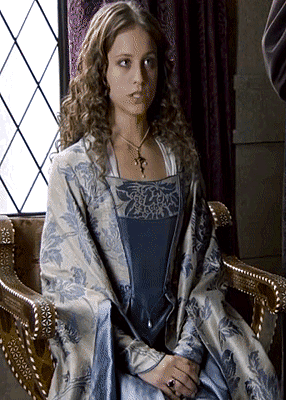

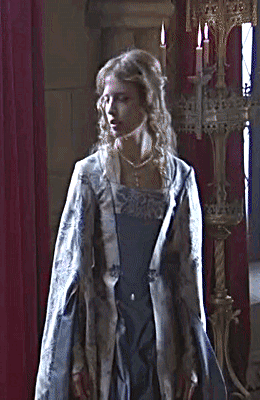
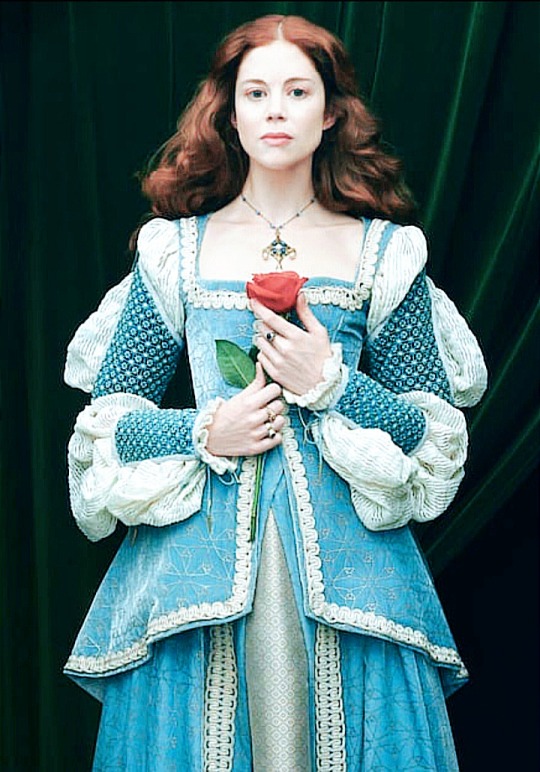
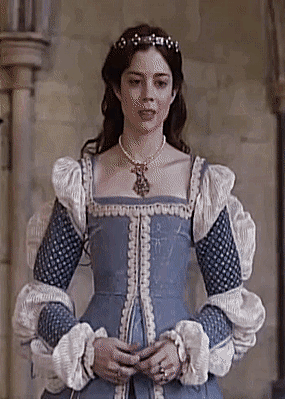
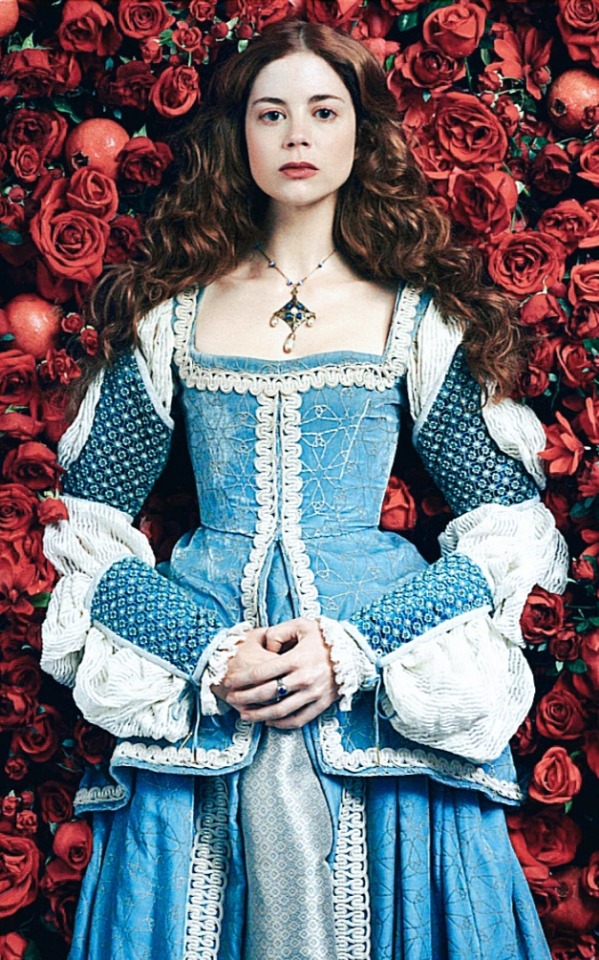
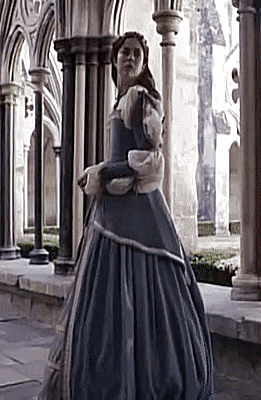
Isabel of Castile and Katherine of Aragon in blue
Michelle Jenner in "Isabel"
Charlotte Hope in "The Spanish Princess"
#catherine of aragon#katherine of aragon#catalina de aragon#isabel de castilla#isabella of castile#michelle jenner#charlotte hope#isabel tve#the spanish princess
93 notes
·
View notes
Text
Every couple of years, a student picks Isabella of Castile to do their final papers on and it’s somehow always one of the weaker students and they end up telling me all about how Isabella of Castile made women’s lives better by defying gender stereotypes. And I have to be like, “Is it girlboss to subjugate all Muslims and ethnically cleanse the Jews from Spain?”
😬
#we spend a whole day on the inquisition and reconquista#these students talk regularly about DEI#this particular student is Jewish and south Asian#why must I be tortured like this?#Isabella of Castile#jewish#antisemitism#islamophobia#feminism#not really#yikes#weeping wailing tearing my hair rending garments#teaching
15 notes
·
View notes
Text
I was thinking of Catherine of Aragon and Marie Therese of Spain and I’m just over here like: y’all gonna marry your daughters off to foreign princes and NOT TEACH THEM THE LANGUAGE?!”
Marie Therese eventually learned French but she struggled a heck of a lot with it, and Catherine and Arthur had to write each other in Latin and couldn’t even talk to each other! Like why didn’t Isabella and Ferdinand get her an English tutor?! I mean at least Arthur could’ve learned Spanish!
“Hey honey, here’s the man you’re gonna spend the rest of your life with and will be expected to have children for, don’t worry y’all don’t need to speak.”
#history#european history#english history#french history#Maria Theresa of Spain#catherine of aragon#Arthur prince of wales#tudor dynasty#princesses#language#language barrier#Isabella of Castile#Ferdinand of Aragon#louis xiv
6 notes
·
View notes
Text
Say hi to the new wallpaper for my laptop!
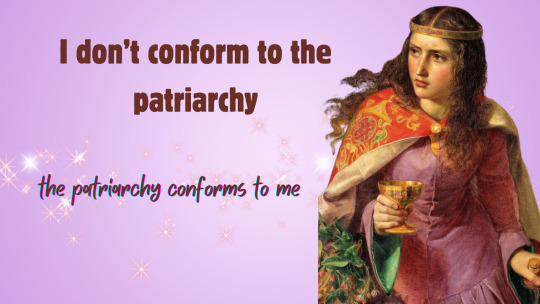
-The quote does not belong to me, I saw it on Instagram and just wanted to create something interesting
credit: @lookbackwithliv -
#mood#happy#tumblr#follow#art#artists on tumblr#artist support#illustration#wallpaper#eleanor#jeanne la flamme#empress matilda#isabella of france#livia drusilla#gwenllian#gwenllian ferch gruffydd#anne of brittany#kali#isabella of castile#eleanor of aquitaine#history podcast#history#culture#history lesson#history memes#patriarchy#feminisim
10 notes
·
View notes
Text

Constance of Castile becomes Duchess of Lancaster
Following the death of their father, the daughters of Pedro of Castile and his mistress Maria de Padilla (whom he secretly married prior to Blanche of Bourbon) were kept at Bayonne. With nowhere to go, Princesses Constance and Isabella lived under the protection of the Black Prince, having initially served as collateral for Pedro’s promise of payment. The payment never came, and the Princesses now lived in exile as potential heirs to the throne of Castile. According to Froissart, Sir Guiscard d’Angle approached John of Gaunt, Duke of Lancaster, with the idea of marrying into Castile: ‘My Lord, it is time you should think of remarrying. We know of a very noble match for you, one from which you or your heirs will be Kings of Castile. It will be a charitable deed to comfort and advise damsels who are daughters of a King, especially when in such a pitiable state as those ladies are. Take therefore, the eldest as your bride’.
Constance was in every way an ideal choice of royal bride: she was young, beautiful and devout, and she brought to the marriage the promise of a kingdom. Her tragic plight appealed to John’s sense of chivalry. The Duke of Lancaster sent four knights to bring both princesses to Bordeaux. However, he was impatient to secure the match. Rather than waiting and marrying Constance in a grand court ceremony, he rode out to meet her on the road. On 21 September 1371, thirty-one-year-old Gaunt married seventeen-year-old Constance at Roquefort, near Mont de Marsan, and she became the new Duchess of Lancaster. John’s wedding gift to Constance was a gold cup ‘fashioned in the manner of a double rose with a pedestal and lid, with a white dove on the lid’, while Constance gave him the finest gold cup he ever possessed.

By the time Gaunt relinquished his Lieutenancy in Aquitaine in September, he was eager to return home and introduce his new wife to his family, and to the realm. Around the end of the month he sailed from Bordeaux with Constance and her sister Isabella on a salt ship, requesting the ship’s master remove a cargo of bay salt to make the ship available for their voyage. John was attended by a train of Castilian knights wearing the Lancastrian livery, and Constance by a bevy of Castilian ladies. Having shouldered a significant financial burden in Aquitaine, John of Gaunt had little wealth to spare on the luxury of a fine ship; when they arrived in England, Constance was even forced to pawn some of her belongings. On his way to Westminster, John left Constance at Hertford Castle, close to London, one of his favoured country residences. Then in December, John travelled down to Kingston Lacy in Dorset, where he and his bride kept Christmas, feasting on venison and rabbits.

After three months in England, Constance of Castile made her state entry into London. Her long sojourn in the West Country had perhaps been necessitated by her suffering the discomforts and sickness of early pregnancy. Constance was formally welcomed as Queen of Castile by the Black Prince, who had risen from his sickbed and struggled onto a horse for the occasion. He was accompanied by ‘several lords and knights, the Mayor of London and a great number of the commons, well-dressed and nobly mounted’, who conducted the new Duchess ‘through London in a great and solemn procession. In Cheapside were assembled many gentlemen with their wives and daughters to look at the beauty of the young lady.’ This statement suggests that Constance’s physical charms were already renowned. ‘The procession passed in good order along to the Savoy’, where John of Gaunt was waiting to greet his wife. The Black Prince’s welcome gift to his sister-in-law was a golden brooch or pendant depicting St George, adorned with sapphires, diamonds and pearls, while the King presented her with a golden crown set with diamonds and pearls.
Soon afterwards, Constance took up residence at Hertford Castle, where her three Lancastrian stepchildren -Henry, Philippa and Elizabeth- were sent to join her. John of Gaunt assumed the title of King of Castile and León in right of his wife, and insisted his fellow English nobles henceforth address him as 'my lord of Spain’. He impaled his arms with those of the Spanish kingdom. John set up a Castilian chancery that prepared documents in his name and signed by himself with the Spanish formula 'Yo El Rey’ (”I, the King”).

In the summer of 1372 Constance gave birth to a baby girl at Hertford Castle. She was named Katherine – or Catalina, as her mother called her, and as she would one day be known in Castile – and styled Katherine d’Espaigne. Gifts of wine were sent to Hertford that summer, and the Duke was there on 7 July, probably to see his new child. The future looked promising for the new couple. Their union, however, was purely political. There is no evidence of any real love or affection between John and his wife, just mutual courtesy and respect.
After her marriage, although she kept regal state, Constance preferred to live in seclusion with her Castilian ladies in the Spanish manner, residing mainly at the Duke’s magnificent castles at Hertford and Tutbury, biding her time until she could return to her native Castile. Constance was rarely at court. Communication with her husband was probably inhibited by the fact that she spoke little English and he only limited Castilian: seventeen years after their marriage, he had difficulty in following an oration in that language. The marriage survived out of ambition and hatred: John of Gaunt’s ambition for the throne of Castile, and Constance’s hatred for her uncle, Enrique of Trastamara, her father's murderer. However, the real thorn in their marriage was John of Gaunt’s continuing love affair with another woman – Katherine Swynford.
Sources:
Alison Weir, KATHERINE SWYNFORD: THE STORY OF JOHN OF GAUNT AND HIS SCANDALOUS DUCHESS
Helen Carr, THE RED PRINCE: THE LIFE OF JOHN OF GAUNT, THE DUKE OF LANCASTER
Images from youtube's video
youtube
#constance of castile#constanza de castilla#constanza of castile#john of gaunt#pedro of castile#maria de padilla#isabella of castile#spanish history#english history#catherine of lancaster#Youtube
5 notes
·
View notes
Text
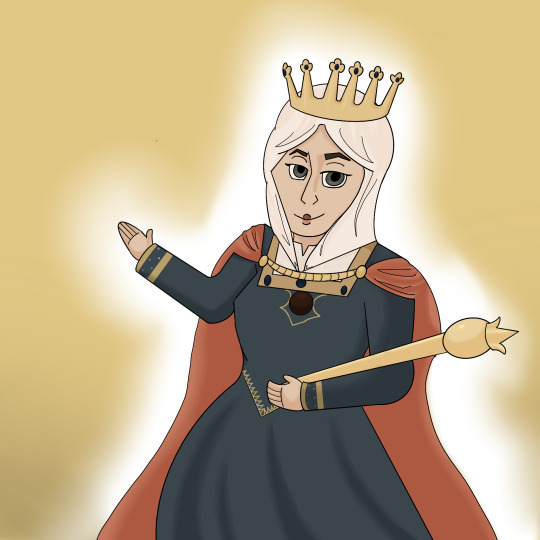
Isabella of Castile
#digital drawing#procreate#art#digital art#artists on tumblr#fanart#Isabella of Castile#civ 7#sid meier's civilization#civilization 7
6 notes
·
View notes
Text
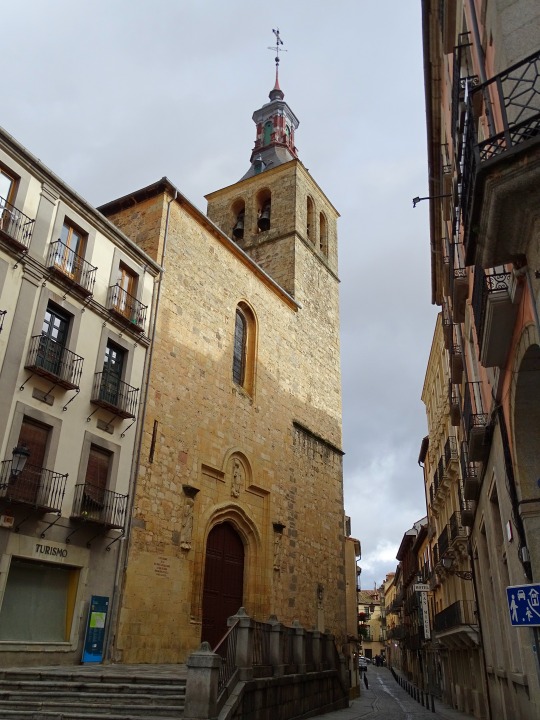

San Miguel de Segovia, the church where Queen Isabella I was crowned queen of Castile.
Segovia, Spain
Explore:
#segovia#spain#españa#architecture#travel#urbanexploration#photographers on tumblr#original photography#lensblr#photography#wandering#church architecture#isabella of castile#history#wanderingjana
8 notes
·
View notes
Text
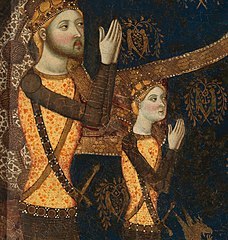

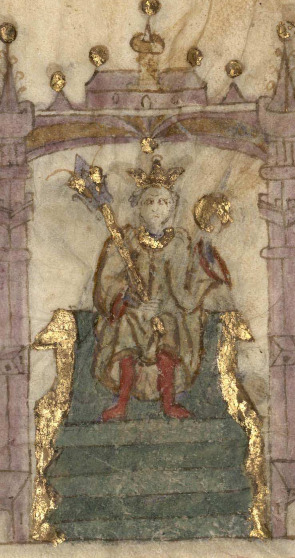
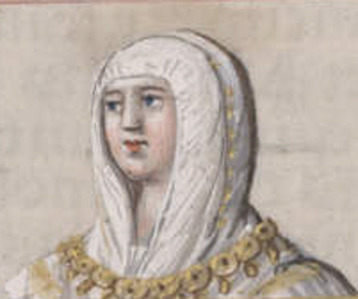
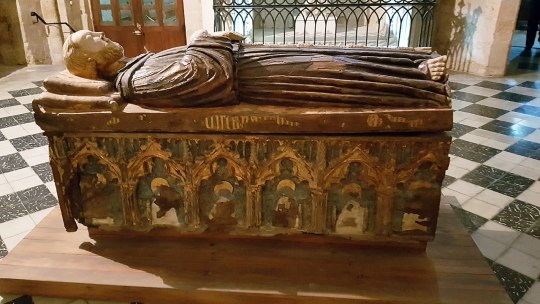
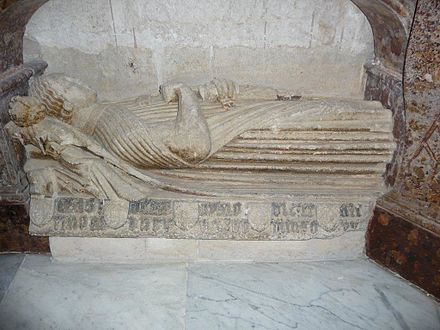

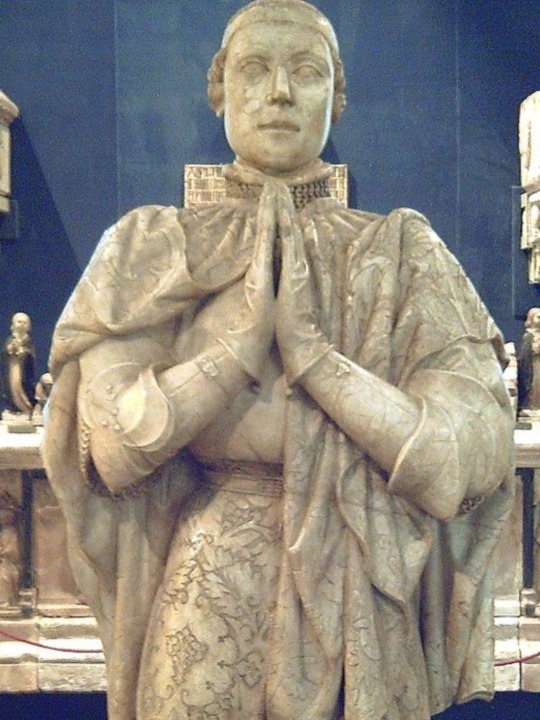
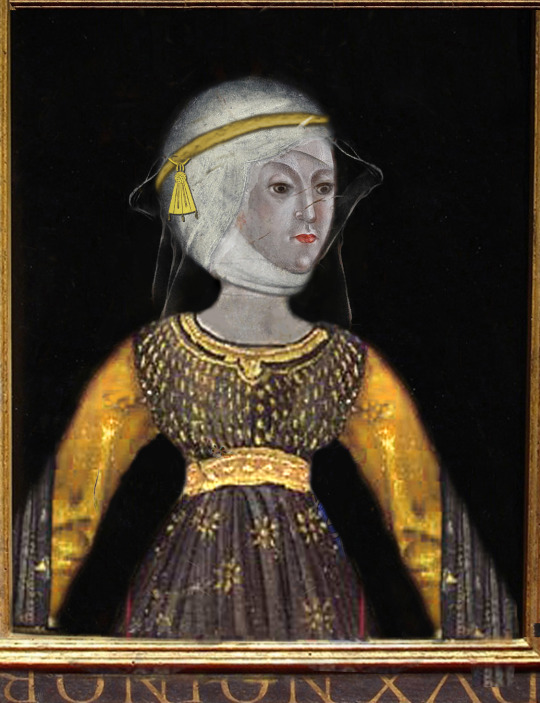
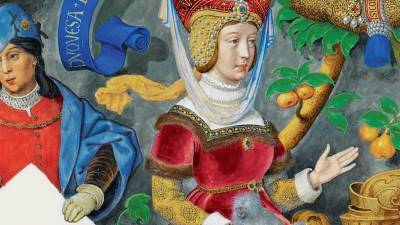
The Bastard Kings and their families
This is series of posts are complementary to this historical parallels post from the JON SNOW FORTNIGHT EVENT, and it's purpouse to discover the lives of medieval bastard kings, and the following posts are meant to collect portraits of those kings and their close relatives.
In many cases it's difficult to find contemporary art of their period, so some of the portrayals are subsequent.
1) Henry II of Castile ( 1334 – 1379), son of Alfonso XI of Castile and Leonor de Guzmán; and his son with Juana Manuel de Villena, John I of Castile (1358 – 1390)
2) His wife, Juana Manuel de Villena (1339 – 1381), daughter of Juan Manuel de Villena and his wife Blanca de la Cerda y Lara; with their daughter, Eleanor of Castile (1363 – 1415/1416)
3) His father, Alfonso XI of Castile (1311 – 1350), son of Ferdinand IV of Castile and his wife Constance of Portugal
4) His mother, Leonor de Guzmán y Ponce de León (1310–1351), daughter of Pedro Núñez de Guzmán and his wife Beatriz Ponce de León
5) His brother, Tello Alfonso of Castile (1337–1370), son of Alfonso XI of Castile and Leonor de Guzmán
6) His brother, Sancho Alfonso of Castile (1343–1375), son of Alfonso XI of Castile and Leonor de Guzmán
7) Daughters in law:
I. Eleonor of Aragon (20 February 1358 – 13 August 1382), daughter of Peter IV of Aragon and his wife Eleanor of Sicily; John I of Castile's first wife
II. Beatrice of Portugal (1373 – c. 1420) daughter of Ferdinand I of Portugal and his wife Leonor Teles de Meneses; John I of Castile's second wife
Son in law:
III. Charles III of Navarre (1361 –1425), son of Charles II of Navarre and Joan of Valois; Eleanor of Castile's huband
8) His brother, Peter I of Castile (1334 – 1369), son of Alfonso XI of Castile and Mary of Portugal
9) His niece, Isabella of Castile (1355 – 1392), daughter of Peter I of Castile and María de Padilla
10) His niece, Constance of Castile (1354 – 1394), daughter of Peter I of Castile and María de Padilla
#jonsnowfortnightevent2023#henry ii of castile#john i of castile#juana manuel de villena#eleanor of castile#alfonso xi of castile#leonor de guzmán#tello alfonso of castile#sancho alfonso of castile#peter i of castile#constance of castile#isabella of castile#asoiaf#a song of ice and fire#day 10#echoes of the past#historical parallels#medieval bastard kings#bastard kings and their families#eleanor of aragon#beatrice of portugal#charles iii of navarre#canonjonsnow
18 notes
·
View notes
Text

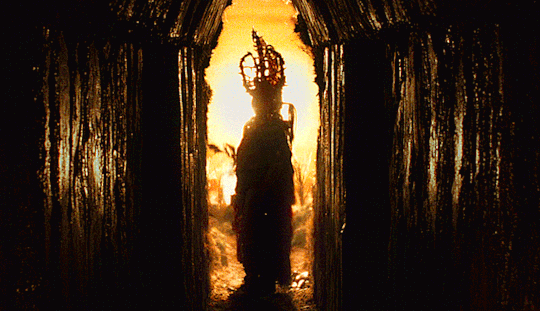
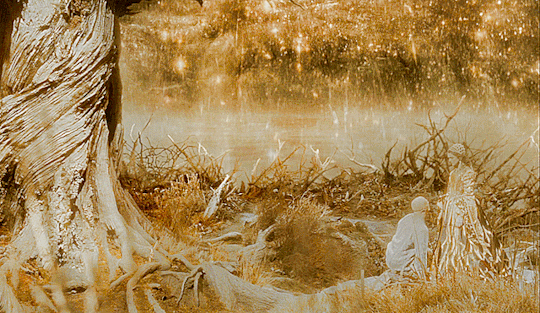

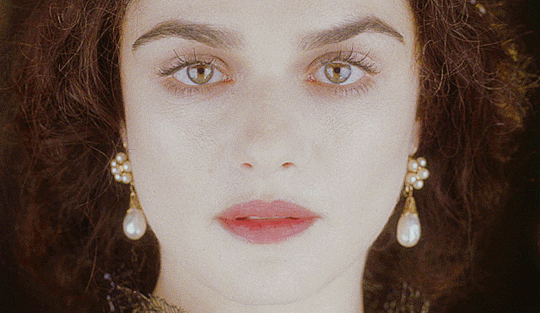
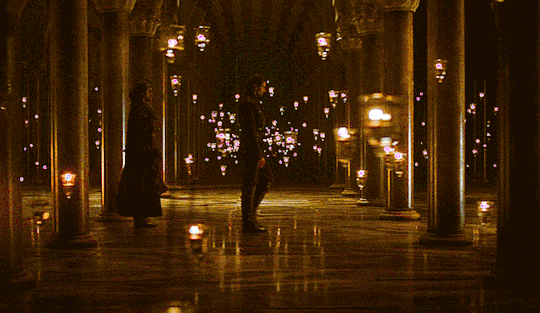
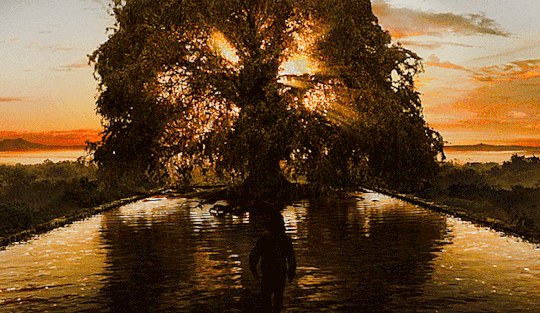
The Fountain scenery
#the fountain#darren aronofsky#hugh jackman#rachel weisz#isabella of castile#spain#alcazar#tree of life#this movie is stunning#aestethic#isabella i of castile
67 notes
·
View notes
Text

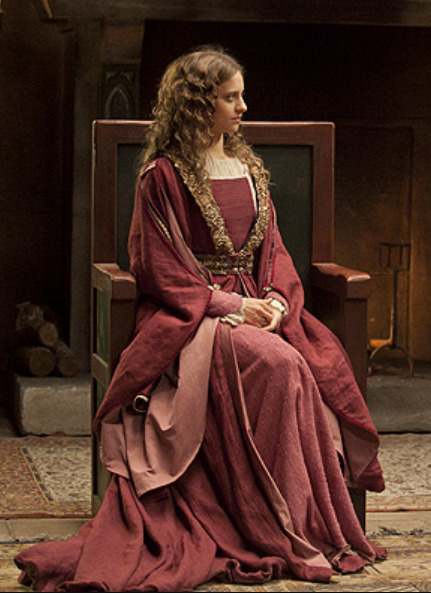
Period dramas dresses tournament: Pink dresses Round 2- Group D: Lucrezia Borgia, The Borgias (gifset) vs Isabel de Castilla, Isabel
#period drama dresses tournament#tournament poll#tumblr tournament#polls#fashion poll#the borgias#isabel de castilla#isabella of castile#isabel tve#pink r2#lucrezia borgia
16 notes
·
View notes
Text
youtube
Isabel I
¿Una mujer reina de Castilla?
A woman queen of Castile?
#isabel#isabel I#medieval#queen#reina#isabella i of castile#isabel de castilla#isabel i de castilla#isabella of castile#youtube#queen of kings#heir#woman#mujer#heredera#Youtube#medieval queen#history#historia#reina medieval
2 notes
·
View notes
Text

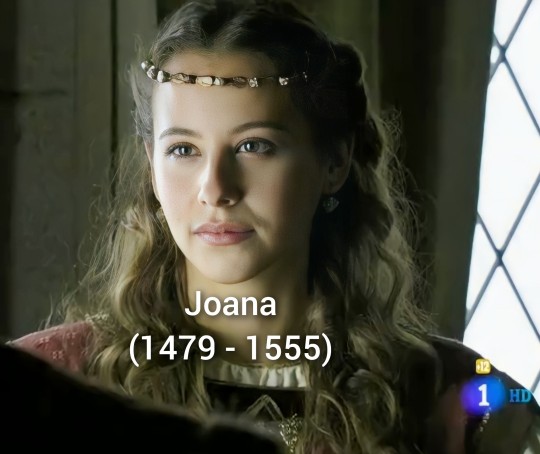


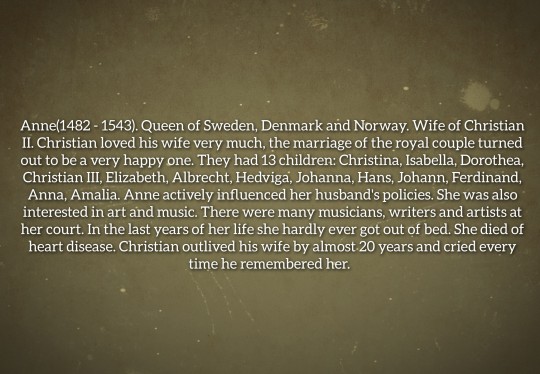
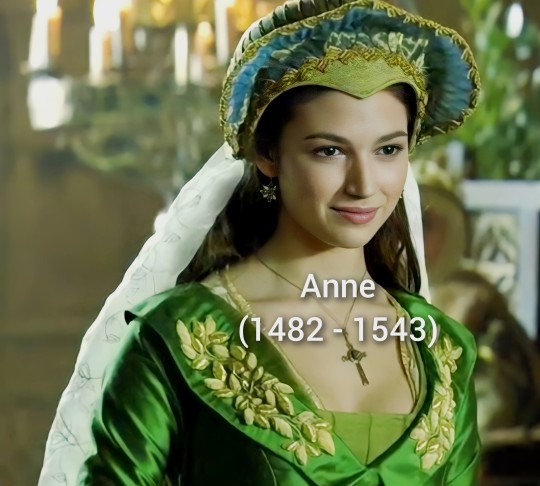



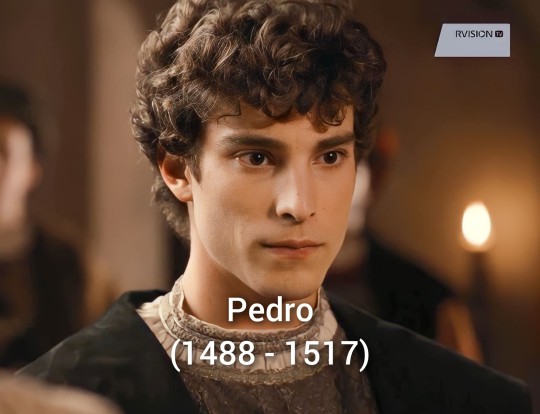
AU House of Trastamara: Children Isabella of Castile and Ferdinand of Aragon.
Joana(1479 - 1555). Duchess of Burgundy. Wife of Philip I of Austria. Mother of 6 children: Eleanor, Charles V, Isabella, Ferdinand, Maria, Catherine. Joana lived a long and interesting life. After the untimely death of her husband, she became regent under her infant son Charles. And after her son became emperor, he made her ruler of the Netherlands. Joana outlived not only her husband, but all of her siblings and even got to see her great-grandchildren. She died surrounded by her children and grandchildren.
Mary(1482 - 1550). Queen of Scots. Wife of James IV. Mary and James IV maintained a warm relationship throughout their marriage. The queen supported her husband in everything, but the king preferred her to his favorite. The marriage produced 7 children: James V, Margaret, Isabella, Matilda, Robert, Anabella and David. After her husband's death, she devoted herself to culture and art.
Anne(1482 - 1543). Queen of Sweden, Denmark and Norway. Wife of Christian II. Christian loved his wife very much, the marriage of the royal couple turned out to be a very happy one. They had 13 children: Christina, Isabella, Dorothea, Christian III, Elizabeth, Albrecht, Hedviga, Johanna, Hans, Johann, Ferdinand, Anne, Amalia. Anne actively influenced her husband's policies. She was also interested in art and music. There were many musicians, writers and artists at her court. In the last years of her life she hardly ever got out of bed. She died of heart disease. Christian outlived his wife by almost 20 years and cried every time he remembered her.
Catherine(1485 - 1543). Queen of England. Wife of Prince Arthur and then his brother Henry VIII. Mother of 6 children: Elizabeth, Henry IX, William, Edmund, Mary, Isabella. The marriage of Henry and Catherine was a happy one. She exerted political influence on her husband. In addition, Catherine paid great attention to the upbringing and education of her children, and she maintained close communication with all her brothers and sisters.
Pedro(1488 - 1517). Grand Master of the Order of Calatrava. Count de Ampurias. Married Henry VIII's sister, Margaret Tudor. Father of 3 children: Jaime, Yolanda, Fadrique. Together with his older brothers took part in military campaigns. He died on the battlefield. After the death of his brother, Alfonso took his wife and his nephews to the palace.
AU: Дети Изабеллы Кастильской и Фердинанда Арагонского.
Хуана(1479 - 1555). Герцогиня Бургундская. Жена Филиппа I Австрийского. Мать 6 детей: Элеонора, Карл V, Изабелла, Фердинанд, Мария, Екатерина. Хуана прожила долгую и интересную жизнь. После скоропостижной смерти своего супруга стала регентом при малолетнем сыне Карле. А после того как её сын стал императором он сделал её правительницей Нидерландов. Хуана пережила не только мужа, но и всех своих братьев и сестёр и даже смогла увидеть своих правнуков. Умерла в окружении детей и внуков.
Мария(1482 - 1550). Королева Шотландии. Жена Якова IV. Между Марией и Яковом IV на протяжении всего брака сохранялись тёплые отношения. Королева во всем поддерживала своего мужа, но король предпочитал ей свою фаворитку. В браке родилось 7 детей: Яков V, Маргарита, Изабелла, Матильда, Роберт, Анабелла, Давид. После смерти мужа она посвятила всю себя культуре и искусству.
Ана(1482 - 1543). Королева Швеции, Дании и Норвегии. Жена Кристиана II. Кристиан очень ��юбил свою жену, брак королевской пары оказался очень счастливым. У них родилось 13 детей: Кристина, Изабелла, Доротея, Кристиан III, Елизавета, Альбрехт, Хедвига, Иоанна, Ганс, Иоганн, Фердинанд, Анна, Амалия. Ана активно влияла на политику своего мужа. А также она интересовалась искусством и музыкой. При её дворе было много музыкантов, писателей и художников. В последние годы жизни она почти не вставала с постели. Умерла от сердечной болезни. Кристиан пережил свою жену почти на 20 лет и каждый раз плакал когда о ней вспоминал.
Екатерина(1485 - 1543). Королева Англии. Жена принца Артура, а затем его брата Генриха VIII. Мать 6 детей: Елизавета, Генрих IX, Уильям, Эдмунд, Мария, Изабелла. Брак Генриха и Екатерины был счастливым. Оказывала политическое влияние на своего мужа. Кроме этого Екатерина уделяла большое внимание воспитанию и образованию своих детей, а также она поддерживала тесное общение со всеми своими братьями и сёстрами.
Педро(1488 - 1517). Великий Магистр ордена Калатравы. Граф де Ампурьяс. Женился на сестре Генриха VIII, Маргарите Тюдор. Отец 3 детей: Хайме, Иоланда, Фадрике. Вместе со старшими братьями принимал участие в военных походах. Погиб на поле боя. После смерти брата Альфонсо забрал его жену и своих племянником во дворец.
Part 2.
#history#history au#spanish#spanish history#royal family#royalty#the tudors#isabella#Isabella of Castile#isabella of portugal#Ferdinand of Aragon#catherine of aragon#Henryviii#15th century#16th century#mary tudor#au#spanish princess#spain#spanish royal family#the spanish princess#spanish royalty#Roy#Royal#Royals
11 notes
·
View notes
Text
So was nobody going to tell me that Queen Mary I and Rory Gilmore apparently have the same Myers-Briggs Type, or was I just supposed to find that out for myself? Because now I feel obligated to draw some Trastamara house/Gilmore Girls mashups.
#rory gilmore#mary i#queen mary i#mary tudor#trastamara#catherine of aragon#isabella of castile#myers briggs#mbti#isfj#isfj personality
3 notes
·
View notes
Text
My thoughts on "did Isabella of Castile have girl-power?"
So Isabella I is a historical figure I have complex feelings about. I find her interesting as a historic figure for various reasons; she gained the throne and avoided several forced marriages as a teenager, ended a rebellion by riding out and negotiating with the rebels and co-ruled with her husband which was very unusual at the time.
At the same time I wouldn't say I "stan" her; I won't idealize her as a person nor would I erase the harm she's caused, and I have some trouble finding the balance between the two. Relatedly, I enjoy the aesthetics of Spain during the 15th-16th century and feel a bit guilty because Spain was colonizing the Americas at the time.
I also feel a bit weird about hating a historical figure over 500 years old, because for me personally I can't empathize with doing so due to the span of time, and seeing past societies as completely different in terms of values.
Most past societies approved of things that would be highly unethical today, for example slavery. The thread under that post about Isabella is spreading misinformation: Isabella didn't single-handedly create modern racism, she wasn't the first to implement the concept of "limpieza de sangre", it was first enforced only a little while before her time, in 1449 when she wasn't born yet. Holding a single person responsible for an event or social force is not how history works.
I can't help but find posts that call Isabella I "an evil bitch" upsetting even though I'm aware that's ridiculous and I can intellectually understand why. I think one reason for why I feel that way is that I find calling Isabella a "girlboss" and an "evil bitch" to be reductive, for a lack of a better word.
I want to address the statement "being judged by the standards of her time" which is related to my feelings of wanting to avoid reducing Isabella to any one label.
I've talked to a friend about Isabella, and they told me "she was a child of her own time and culture and we can hardly expect her to grow up into a Paragon of tolerance, she unified and pacified a region devastated by decades of war" and that equality and all human life having intrinsic worth wasn't a concept back then, as a social superior you either treated your "pets" well or not.
She mentioned that at least Isabella stripped Columbus of his position and brought him back in chains for his treatment of the native Caribbeans.
She said that in contrast to Columbus who mistreated his "animals" for amusement, personal gain or self-absorbed lack of care, Isabella made an effort to be compassionate and to better the lives of her people.
I think that what I want to do is to gain a deeper understanding of the motivations behind Isabella's actions like the expulsion of muslims and jewish people by understanding the social environment she was brought up in and surrounded by.
So even though both were wrong in not treating all people as equals, Columbus moral failings went way beyond the bigotry of the time. She would've been raised as highly religious and as a pre-modern christian ruler have a very different concept of ethics than the modern era, add to that Christian Spanish kingdoms at the time was highly xenophobic, there were pogroms in 1391 and 1473.
I'm interested in learning what Christian contemporaries thought of the expulsion and oppression of conversos, whether they be clergy, Spanish nobility, royals outside Europe and commoners.
#history#historians#15th century#renaissance#early modern#early modern era#spain#spanish history#isabella i#isabella of castile#colonization#reconquista#vent#personal thoughts#child marriage
1 note
·
View note